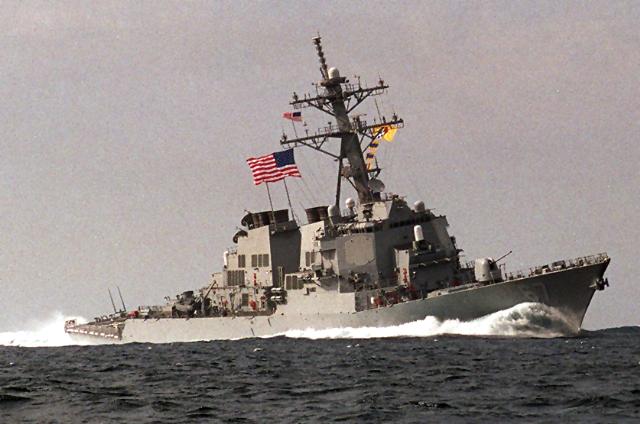The Rule of Unintended Consequences and Covert Operations – Bay of Pigs Edition
What happens when you get so clever in planning a covert invasion that you paint your aircraft like that of the country you are invading and then fly them over “friendly†forces conducting the invasion? You get shot:
As for the aircraft overhead, Lynch had problems not only with Castro’s aircraft, but the Brigade B-26’s also made life difficult for him. Of the Brigade aircraft on D-Day, Lynch said:
“ We sent a message very early on the first morning down there — a Monday morning, just after daylight — to Puerto Cabezas and told them to tell those planes to stay away from us, because we couldn’t tell them from the Castro planes. We ended up shooting at two or three of them. We hit some of them there because when they came at us … it was a silhouette, that was all you could see. Now, there were blue rings painted around those planes [actually a blue stripe around the wings, exterior of the motors], [but] I saw [only] one aircraft all day long where I actually saw the blue rings, and that was after he passed over me. They were impossible to see when they were coming at you. Our planes were a little nosey, and they wanted to take a look at the action. They wanted to take a look at the ships, and they would come from over the water straight at us … fly directly above it
at the same altitude that the Castro planes did … The only type of rings that would have helped there, would have been this brilliant international orange that the Air Force uses, or something of that nature. 29/â€
The B-26, while having a very distinctive profile, nonetheless has a small frontal cross section and in the heat of battle, those on the ground being shot at will historically take a dim view of the finer points of visual markings to distinguish friend from foe (note that even with the black/white “Invasion Stripes” on the wing and fuselage, most of the 113 Allied aircraft lost in the first 24 hours of D-Day were lost to friendly fire).
This citation is but one of the revelations found in the newly declassified and released Air Ops volume of the Official History of the Bay of Pigs Invasion (found here (PT1 – photos) and here (PT 2 – text) — both open PDFs) and made available through the National Security Archive, operated by the George Washington University.
Other revelations – how quickly (surprise) the Cuban air force improved in its operations and lethality over the course of the day – in the face of no opposition in the air and limited AAA fire from below:
At the beginning of that [Monday] morning, they [FAR] were pretty sloppy and haphazard, but the one thing which was worrying me badly was the fact that they kept improving as the morning wore on .•. They were getting bolder, they were getting closer, and they were now using rockets. That’s what hit the Rio Escondido. That was a lucky hit for them, but there was a clear danger as far as I was concerned that we could lose both of those ships — the Atlantico and the Caribe — in the same manner that we lost the Rio Escondido. By a rocket setting them on fire …
Failure to plan and train to deconfliction zones, failure to take out the achingly small revolutionary air force and especially the T-33’s that took a toll of the B-26’s (mixing jet fighters with prop bombers typically does not turn out well for the latter, something we learned near the end of WW2 and again in Korea…); the list of shortcomings continues its inexorable growth even fifty years later. It has been no secret that the Bay of Pigs was wholly bollixed-up, from concept to execution - the epic fail at all levels of war is underscored with the release of these documents (there are several other volumes released in concert with theAir Ops volume at the NSA site).  What is becoming clear(er) with the release of more historical info from previously classified archives is just how outstandingly bad that planning was, the disconnect between the CIA, the Services and State (and between the Services too) and the stage being set for the run-up to the Missile Crisis the following year.
It also underscores that even those with extensive combat experience (like the WWII and Korean experience of the senior military and civilian leaders here) can suffer blind spots under new or changing conditions, a lesson worth reviewing even today…or else:








Remember that the plan called for elimination of the Cuban airforce by (initially) 3 x 16 A/B 26 strikes with any necessary followup to ensure NO air opposition. The 1 x 8 strikes with no followup as per the JFK last minute change ensured failure.
The aim was to invade, have a new government proclaimed and call for US assistance. Thats what the USN and USMC were standing offshore for.
Classic example of GO/Mixture/DONT’GO giving the worst result
This was a near perfect demonstration of how civilians marginally qualified for the job could screw things up at exponential levels. Kennedy might as well have killed every one of those insurgent soldiers himself. Well, actually, he did.